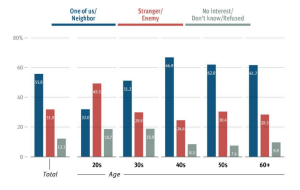Blog
Fascinating Lessons on South Korean Culture

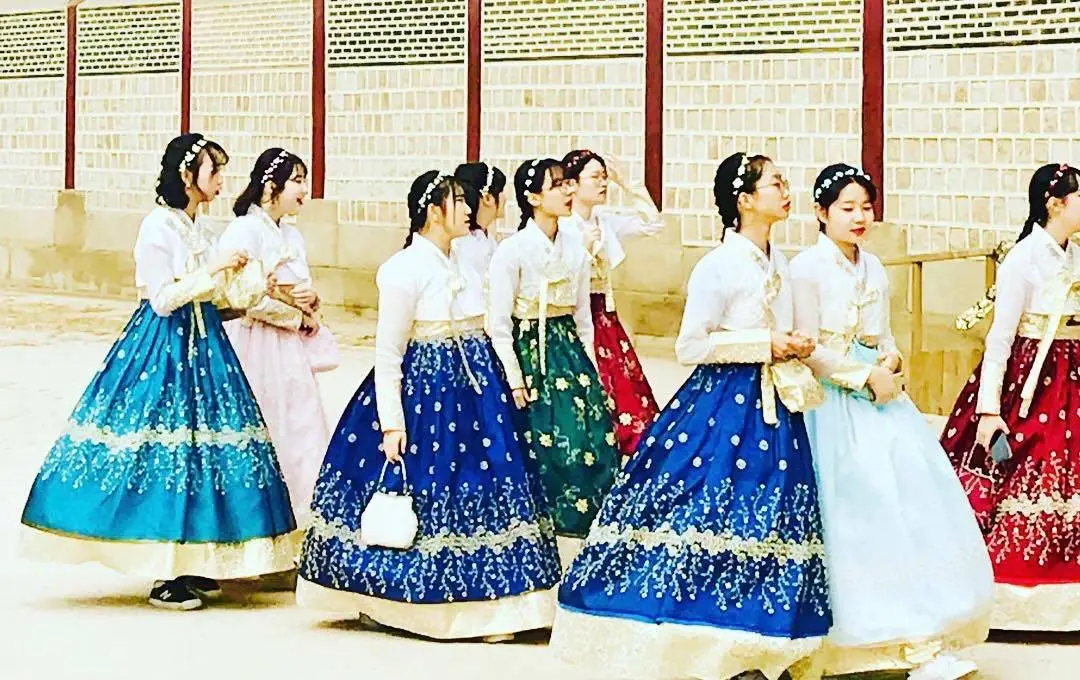
Fascinating Lessons on South Korean Culture
November 8, 2018
When I told my friends and family my first stop in Asia was South Korea, the most common reaction was, “Why are you going there?”. Most assumed I would head to more touristy destinations in southeast Asia. I mean who doesn’t want to go to Thailand or Vietnam? But my journey this year is about the road less traveled. Whenever possible, avoiding conventional tourism is my primary goal. South Korea was the perfect country for that.
Here are a few cultural observations I found fascinating after three and a half weeks traveling through the country:
South Korean culture is more liberal than I imagined. As a first-generation South Asian, I always thought of Korea as culturally similar to India. Shared experiences around family pressures, academic achievement and an overall paranoia of loss of tradition and values seemed to resonate with my Korean friends.While all of this holds true, what stood out most for me was the modernism. India and South Korea feel worlds apart.
At least on the surface, two generations seem to have diverging views and a tolerance for those differences. The older people are not bothered (or at least they don’t express it if they are). Hearts and symbols of love are found throughout the country. On the subways, young couples embrace and show public display of affection openly. Romantic love amongst the very young is trendy.

Heart tunnel at Haeundae Beach, Busan
Western clothes are the standard attire. The only time I saw women in traditional hanbok was in tourist areas where you can rent them. That’s right. Koreans rent their own traditional garb for photo ops!
Connectivity is king. The good news is that public wifi is everywhere. Even the smallest city I visited, Sacheon, an hour and a half outside of Busan, had free public wifi. And, I mean the really free kind that doesn’t ask you for your email before connecting. The bad news is, more so than other cities I’ve been, everyone is consumed with their devices. I once observed a young woman playing Pokémon Go on the subway platform. She managed to board the train, ride it for 20 minutes and exit without once looking up from her phone. Sadly, that scenario was not uncommon.
Views on reunification with the North differ by generation. Of late, this topic has dominated global news. The world is watching in the hopes that unity in the Korean peninsula is imminent. But that’s not necessarily the case at the local level.
Outside of my DMZ tour guide and the North Korean defector, I spoke to mostly people in their 20s and 30s on this issue. Overall, their depth of knowledge about Korean history was surprisingly limited. None had strong opinions about reunification either way, though most admitted they were unsure of the answer, that the future was ambiguous.
The Asan Institute study, South Koreans and Their Neighbors, published this year demonstrated this gap. The below chart shows how respondents of the study answered the question, “How do you view North Korea?”.
The younger generation of South Koreans have no connection to their northern neighbors. They have no experiences that associate North Koreans as part of their own. In fact, much of the focus for the younger generation is the future financing of reunification. With a South Korean youth unemployment rate at a record high, it’s no surprise that this gap exists.
The older generation holds the key to a longer, healthier life. Not many societies effectively integrate health and fitness into daily life. Not only is South Korea one of the few, but the older generation is leading the charge. By older I mean people in the 60+ age range. It’s with this group that I observed the healthiest behaviors. During my (periodic) morning runs in neighborhood parks, I found myself in the company of the elderly – walking, biking or weight training. Most parks throughout the country have stationary workout equipment. One even had stationary bikes, though the fixed seat heights prevent anyone over 5’ from using them!
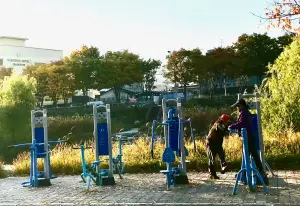
Local park in Jeonju
South Koreans have an average life expectancy of 82.7 years (compared to 78.5 in the US) and an age adjusted death rate from coronary heart disease of 30.76 per 100,000 (compared to 86.89 in the US!). One can only assume their traditional diet and active lifestyle are the major drivers of health and wellness. Personally, I don’t believe it’s the herbal medicine or annoying superfood trends on which the west has managed to commercialize and capitalize. Their diets are simply exponentially healthier than ours, consisting of locally grown produce, lesser quantities of meat, and lots of fermented vegetables like kimchi, a natural form of probiotics. The younger generation, however, is on the road to reduce their lifespan as they more and more prefer sugary drinks and processed western foods. If we want to live longer, healthier lives, we should take our cues from the older generation of South Koreans.
South Korean culture is a rich fusion of tradition and modernism. It’s fascinating history and cuisine are enough to justify a visit. With the overwhelming majority of tourism coming from other east asian countries, it’s an unconventional spot for those of us in the west. So, if you’re like me and unconventional is your thing, be sure to add this country to your travel list. I promise it won’t disappoint!
Discover more from diannajacob.com
Subscribe to get the latest posts sent to your email.
Recent News

About Dianna
May 29, 2024

On Being Single and Child-Free
July 31, 2022
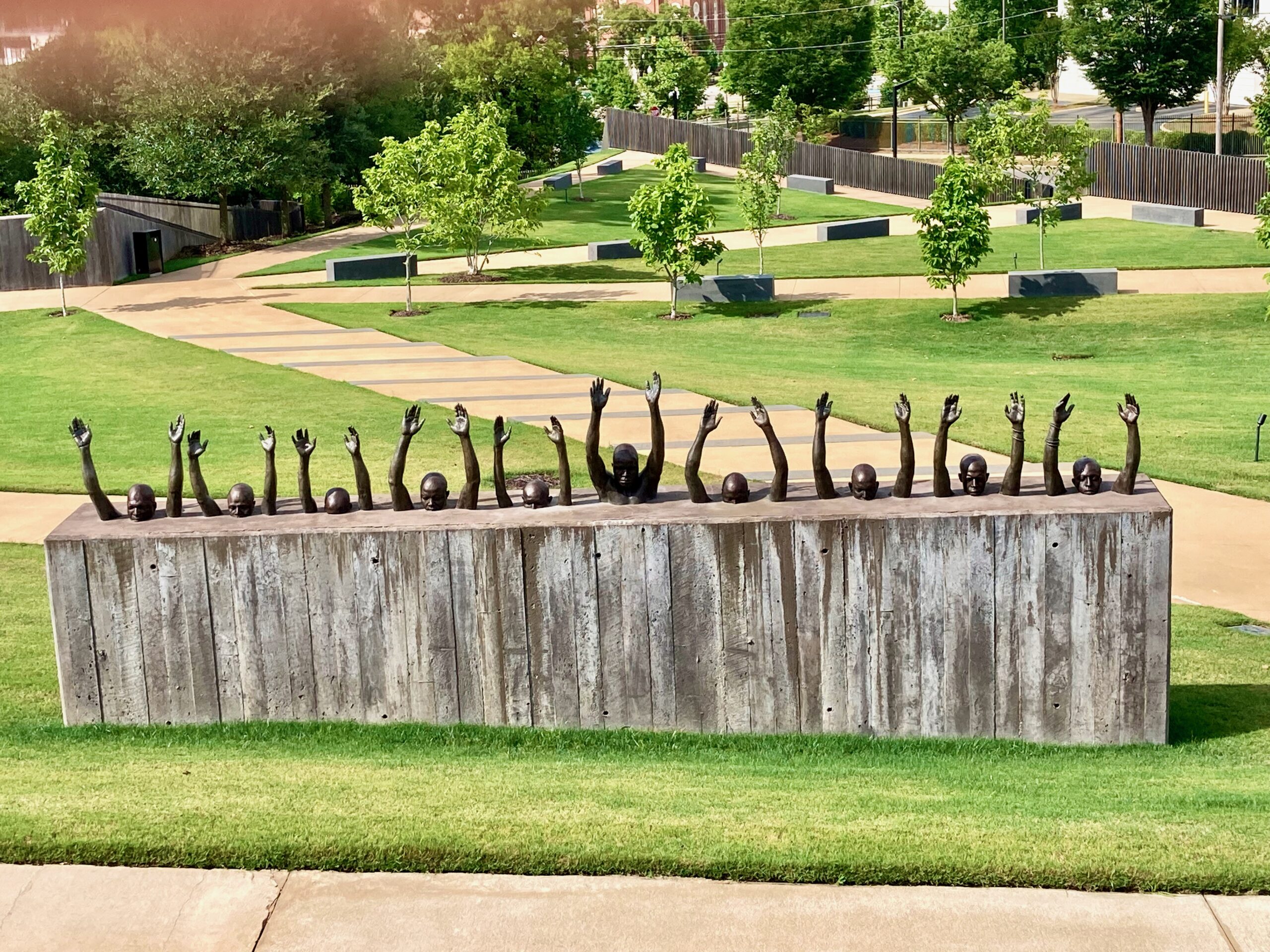
Relearning American History: A Self-Guided Tour of the South
July 7, 2021

Racism: A Global Pandemic
June 8, 2020
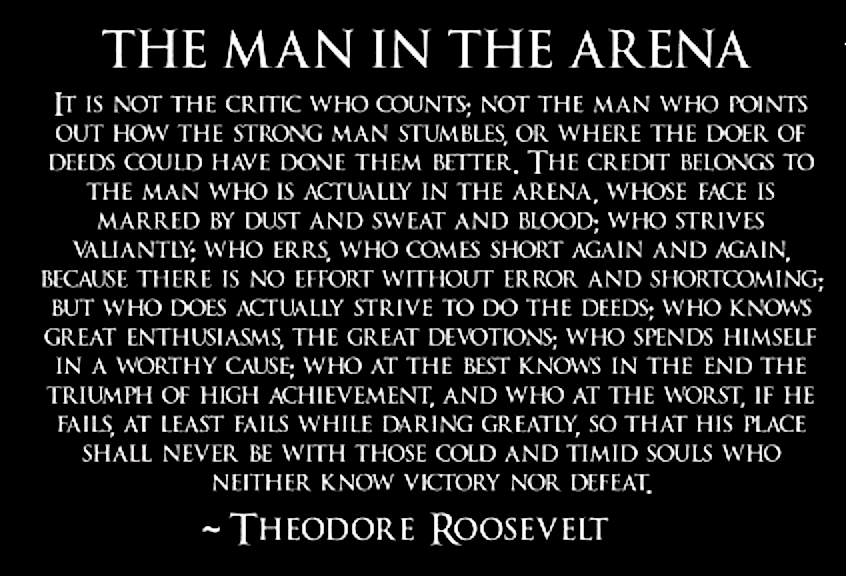
Daring Greatly
August 23, 2019
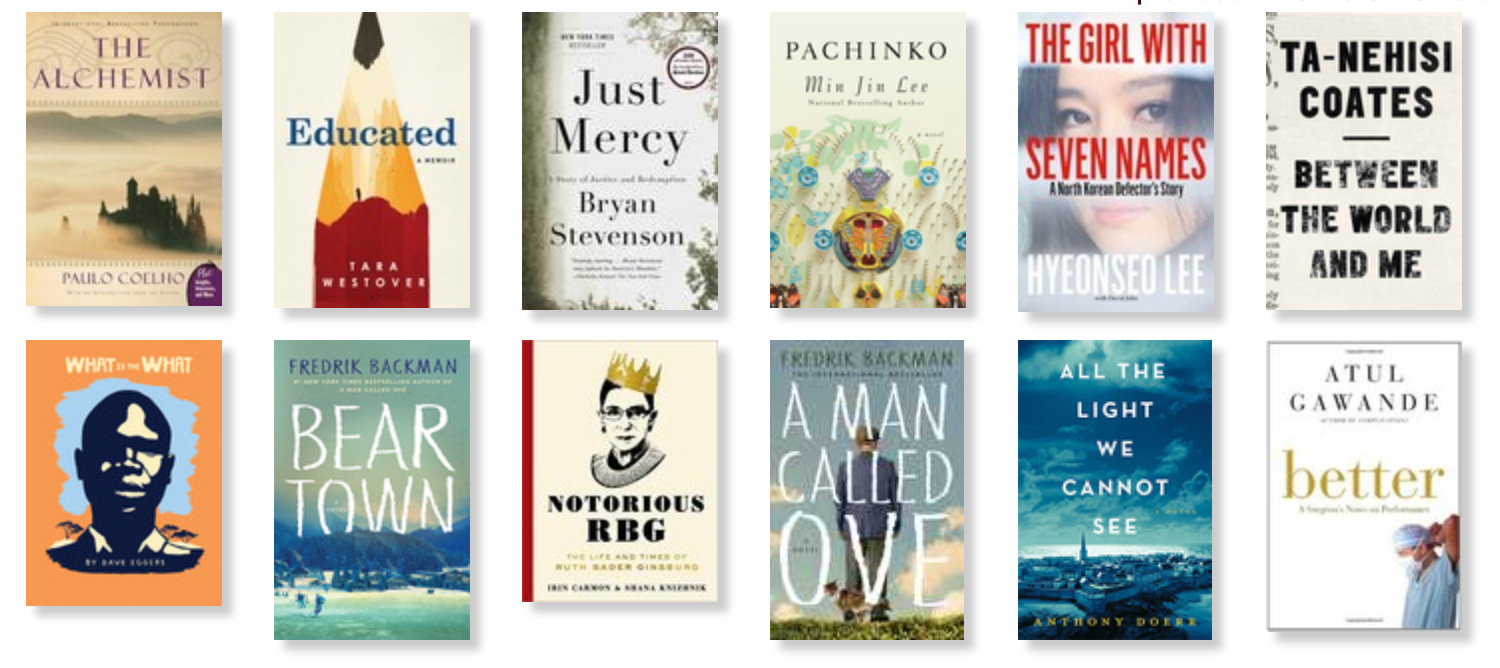
Becoming a Better Me
January 10, 2019

